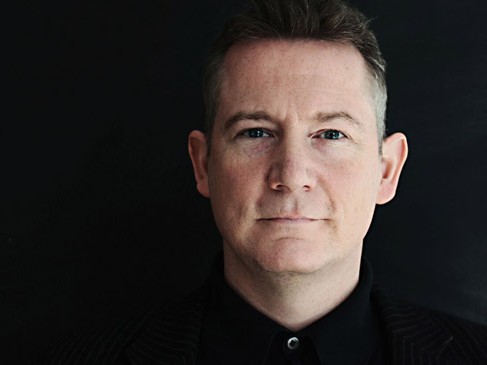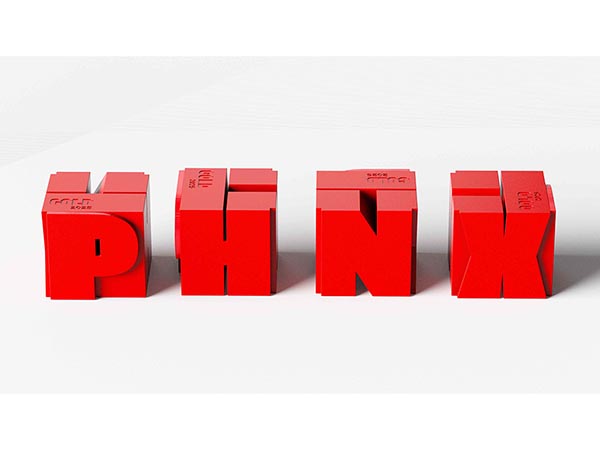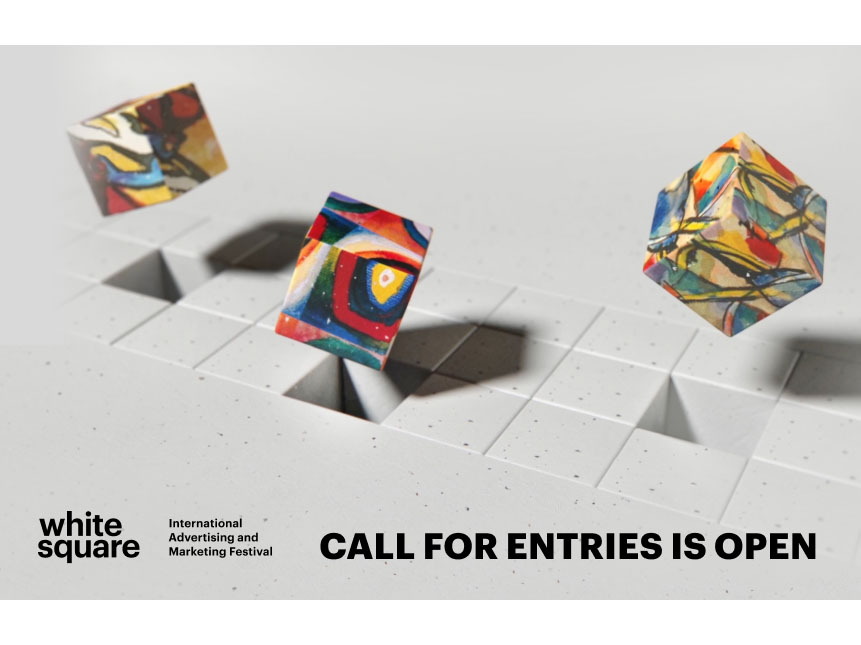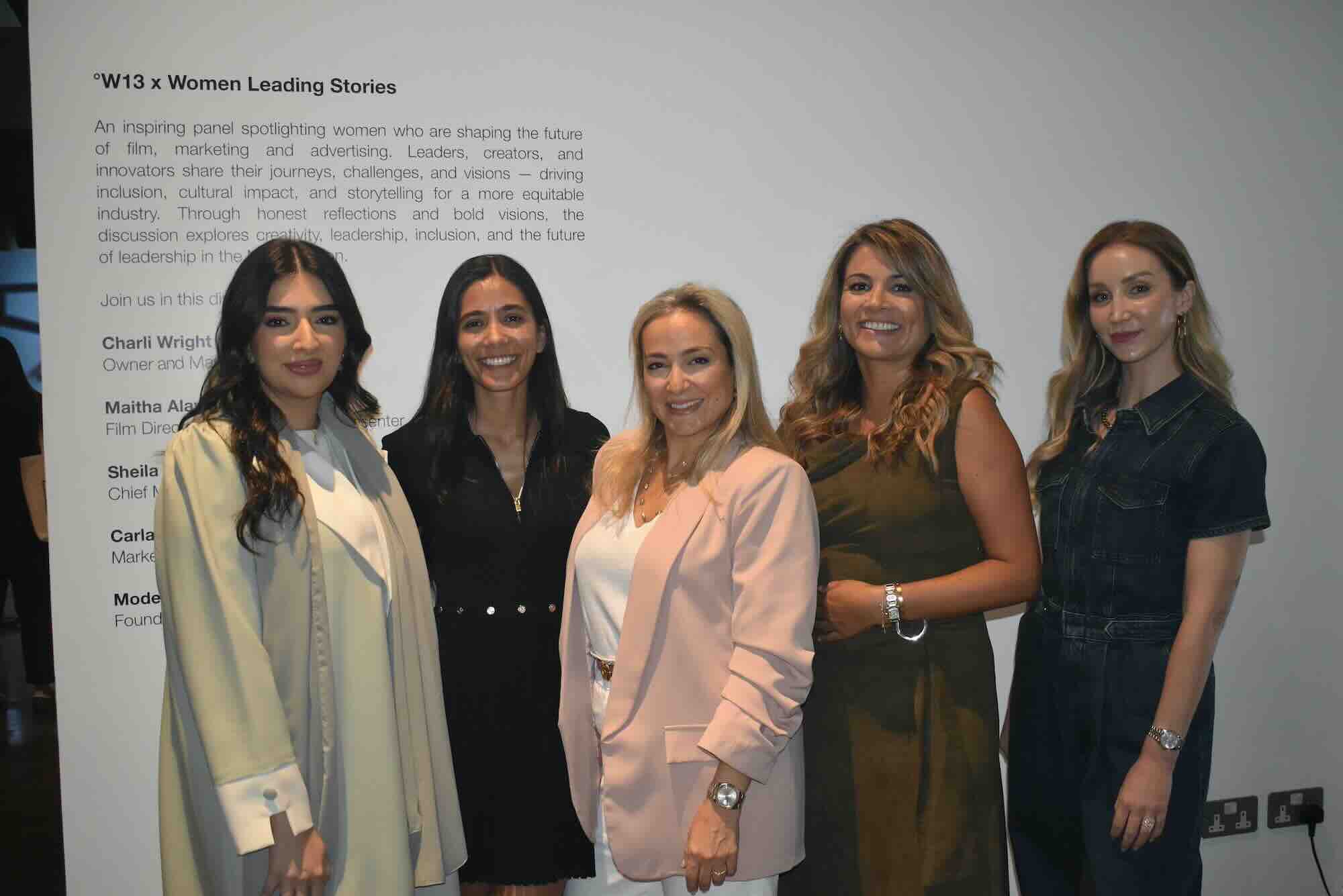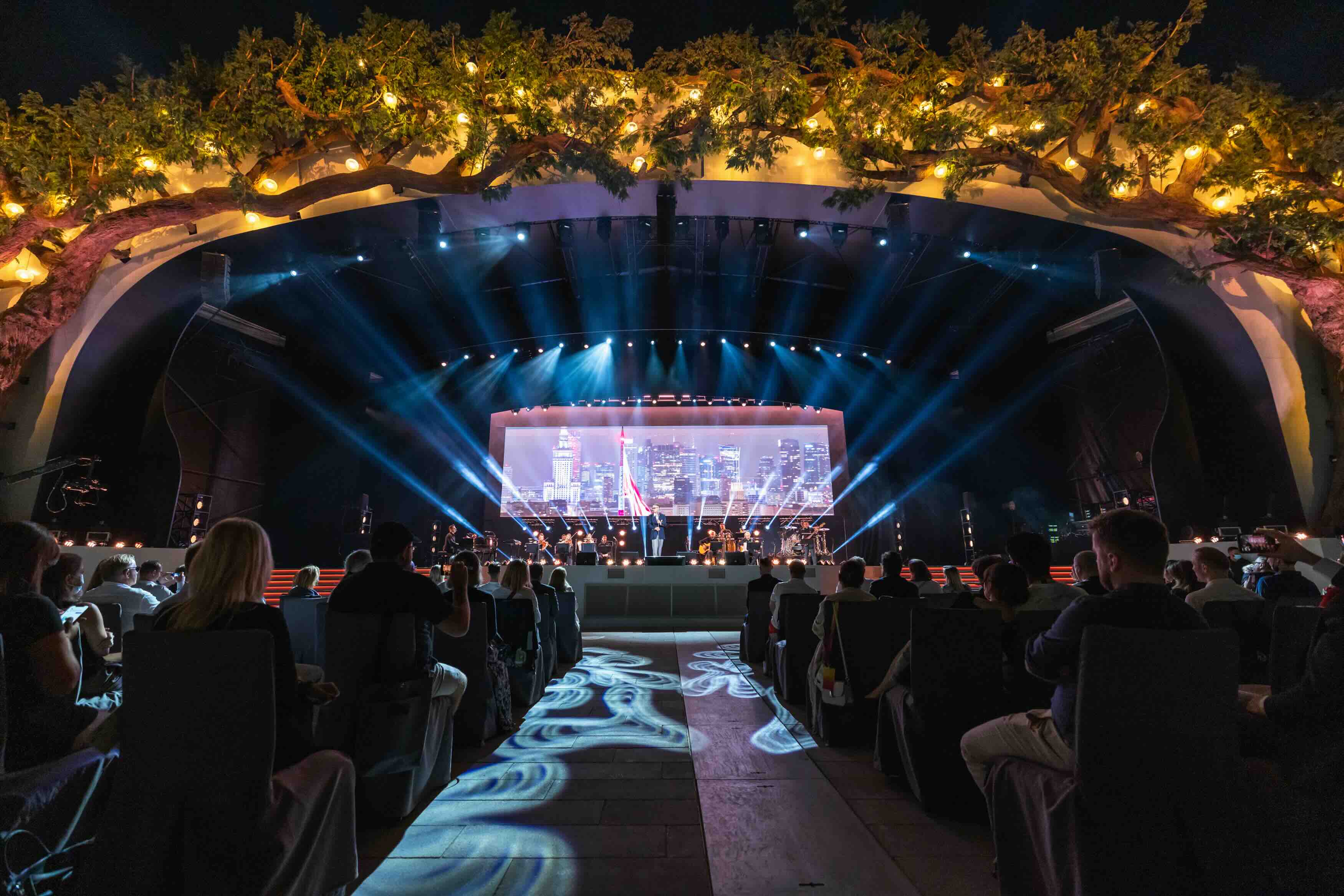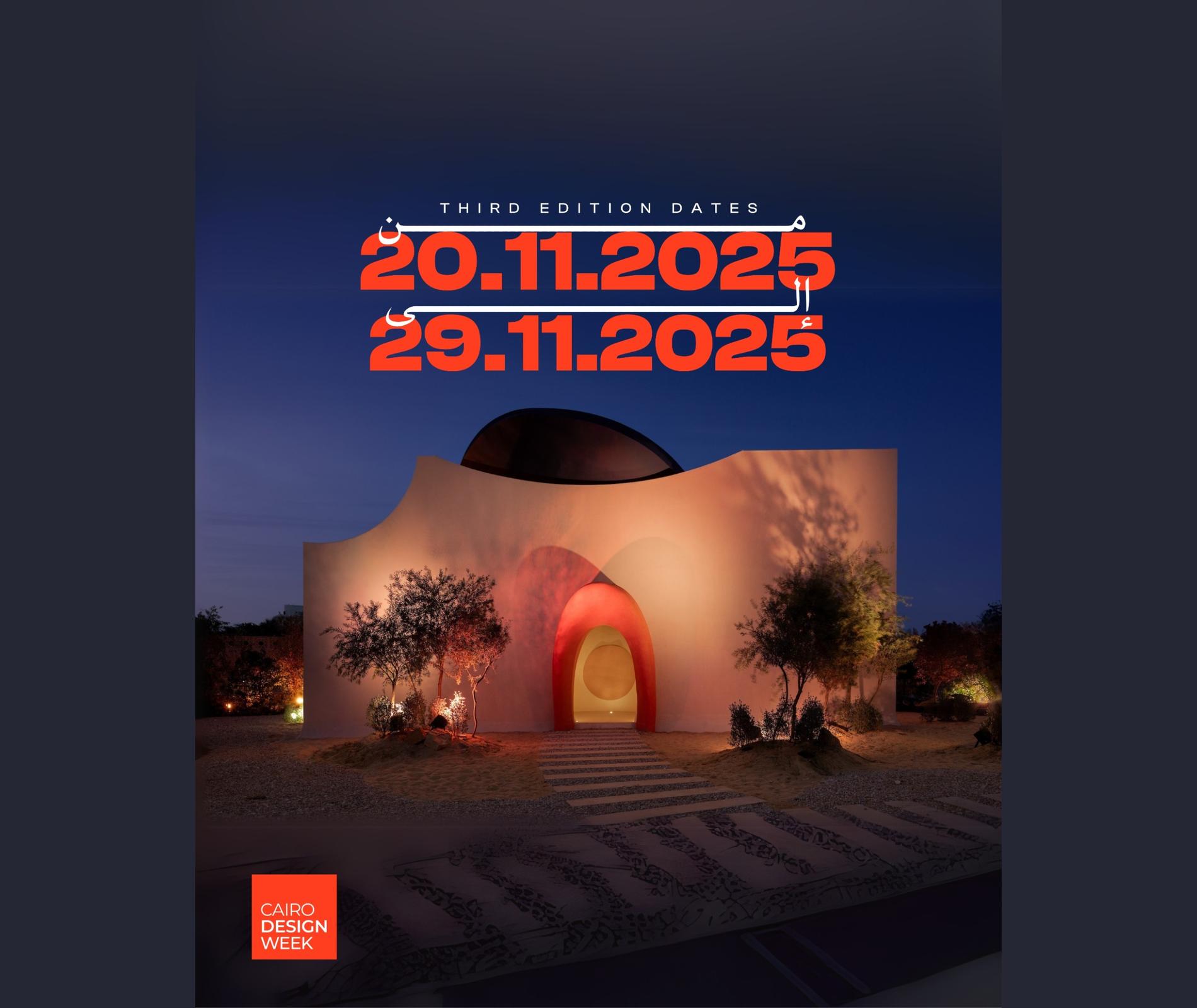News - Events
CANNES LIONS 2018: An Evolutionary Year
by Iain Akerman
June 29, 2018
.jpg) Advertisement
AdvertisementWhat to make of this year’s Cannes Lions International Festival of Creativity? The event was reduced from eight days to five, more than 120 sub-categories were removed, Lions Entertainment and Lions Innovation were integrated into the main festival, and the awards themselves were streamlined into nine ‘tracks’. As evolutions go, it was fairly significant.
Most of the changes could be attributed to a persistent and rising disillusionment with the festival itself. Why else did Publicis Groupe abstain from this year’s festival, just as it had at the Dubai Lynx? An excessive proliferation of categories, increasing costs, and a sense that organisers were taking the industry for a ride had left a bitter taste in the mouth.
Last year Bechara Mouzannar, chief creative officer at Publicis Communications MEA, had referred to the Cannes Lions International Festival of Creativity as ‘Disneyland-Sur-Mer’, replete with “four different magic worlds and attractions, hotels and fast tracks, shops that sell teddy Lions, and a Snapchat yellow wheel”. He was not alone in his views. Something had gone drastically wrong with the festival.
Organisers insisted that this year’s event was more streamlined, more focussed, with the cyber, integrated and promo & activation categories done away with. What were left were the nine tracks – communication, craft, entertainment, experience, good, health & wellness, innovation, impact and reach – while each piece of work was only allowed to be entered into a maximum of six Lions.
Philip Thomas, CEO of Ascential Events and chairman-elect of Cannes Lions, said the changes had been made “knowing that this would mean a smaller volume of entries, but it was the right decision for the long term”. Indeed, entries were down 13 per cent. The question, however, is whether the changes have worked.
“This year’s edition was more focused and more inspiring. It’s definitely a step forward…”-- Walid Kanaan, chief creative officer at TBWA\Raad
“This year’s edition was more focused and more inspiring,” says Walid Kanaan, chief creative officer at TBWA\Raad. “It’s definitely a step forward. The new tracks system is a clear improvement. However, it didn’t have a major financial impact on the expenses. Entries, badges and accommodation were still highly expensive. I invite the festival to be even more generous, more accessible, more focused, and to keep encouraging attendance, especially from young creative talent.”
Still, if it was anybody’s year at Cannes it was TBWA\Raad’s. With two golds for Nissan’s #SheDrives and the Louvre Abu Dhabi’s ‘Highway Gallery’, it picked up a total of six Lions, making it the most awarded MENA agency at the festival. It was TBWA\Raad’s best ever performance at Cannes and “a testimony to the hunger, the passion and the sacrifices our team showed during the past couple of years,” says Kanaan. “It confirmed that brave and courageous clients can take the agency to the highest podiums.”
Yet this was not an exceptional year for the region. With a total of 17 Lions spread across seven agencies, including a gold apiece for J.Walter Thompson Casablanca, Y&R Dubai and The Classic Partnership Advertising, the awards haul was well down on last year’s 39. Even if the gold tally was higher than 2017 and 2016, you can’t escape the fact that regional agencies brought home less than half of the previous year’s Lions.
You can partially explain this through numbers – the UAE, for example, entered 456 pieces of work this year compared with 865 last year – but it’s hard to shake off a nagging sense of disappointment. The Publicis boycott, a faltering economy and leadership changes at various agencies may have contributed to the decline in entry numbers, but drops in entry numbers don’t impact the quality of campaigns.
“I believe that this region punches way above its weight and I truly believe the work gets better every year.”--Mohamed Oudaha, creative director at JWT Casablanca
“I don’t think we’re failing or stagnating,” asserts Mohamed Oudaha, creative director at JWT Casablanca, which won a gold, silver and bronze for Kit Kat’s ‘Break the speed’. “The numbers don’t reflect the realities. Also, just like agencies have on and off seasons, so must regions. It’s a cycle – part of life – but consider how far the region has progressed as a whole and marketing communications with it. Moreover, if I’m not mistaken, didn’t we – as a region – win more golds this year than last year? So it’s not all bad news. I believe that this region punches way above its weight and I truly believe the work gets better every year.”
“This is a region with massive creative potential and it should have more success at Cannes.”--Ali Shabaz, chief creative officer at Grey MENA
“Having judged a few times at Cannes myself, I know how hard it is to win at Cannes,” adds Ali Shabaz, chief creative officer at Grey MENA, which won a silver for Lego’s ‘Never gets old’. “The competition is tough and the jury is very hard to please. It takes powerful ideas, good crafting and clients who believe in the power of the idea to win a Lion.
“This is a region with massive creative potential and it should have more success at Cannes. While every region has a good year and a not-so-good one, it’s important for us to lift our game. Although I’ve spent just over a year in this region, I’ve realised that there are many powerful cultural insights and stories in the region that need to be told. Tapping into these will help us create great work for our clients.”
For Shabaz, improvement is likely to come from “focusing on future-facing areas like digital, technology, e-commerce and experiential advertising”.
“A Lion is a Lion. Whether it is gold or a bronze, or even a shortlist, every win should be celebrated.”--Kalpesh Patankar, executive creative director at Y&R Dubai
“A Lion is a Lion,” adds Kalpesh Patankar, executive creative director at Y&R Dubai, which won a gold and two bronzes. “Whether it is gold or a bronze, or even a shortlist, every win should be celebrated. It’s very easy to forget how difficult it is to be among the best work in the world. Especially this year when you see a lot of good work from across the globe.
“With the results this year, one thing we can notice is that a lot of different ideas were celebrated. Every jury comes with their expertise and perspective, which makes them see every piece differently. I feel it’s always best to focus on the work and let the jury do the judging. But we surely need more global PR around our work for juries to understand the local relevance which they may otherwise miss.”
As always, there remains a hefty amount of suspicion around print and outdoor. John Hegarty, co-founder of Bartle Bogle Hegarty, told Adweek that a significant number of the ads at Cannes were “obviously completely fake”. Not only were they not part of a larger campaign, they may never have run anywhere at all, he said, adding that even clients are now involved in the generation of fake ads.
Whether this means all print and outdoor campaigns should be looked at sceptically depends on your outlook, says Patankar. “Print and outdoor today completely depend on which lens you see them through,” he says. “For example, the ‘FCK’ ad for KFC, which started as print but went beyond the medium. Also Ikea’s ‘Pee on this ad’. For outdoor, we have great examples from the region, [such as TBWA\Raad’s] ‘Highway Gallery’, which brought technology, innovation and outdoor together to tell a story and make an impact.”
No matter how you look at this year’s festival, there are reasons to be unhappy. What happened to Impact BBDO and Memac Ogilvy? Even FP7 had a disappointing year, as did DDB. Where, after the success of FP7/CAI’s ‘The line-up song’ for Coca-Cola last year, was the joy of gold in film? Disappointingly, some agencies have all but disappeared from public consciousness. As for countries, Lebanon and Egypt, two historical centres of Arab creativity, won nothing.
“In order for the region to get back to its winning ways every agency needs to treat every single brief as an award-winning opportunity,” insists Kanaan, who was also a member of the entertainment jury. “In our agency we focus our creative excellence on real work, for real clients, based on real business objectives and briefs. As a result, our major campaigns were fully endorsed and paid for by our clients.
“Unfortunately, this was not always the case in other networks. Most of the previous winning work was based on NGOs, charity, and pro-active ideas fully funded and sponsored by the agencies. This is costing them a lot of money to produce, propagate and enter award shows. In difficult economic times, this becomes harder to justify.”


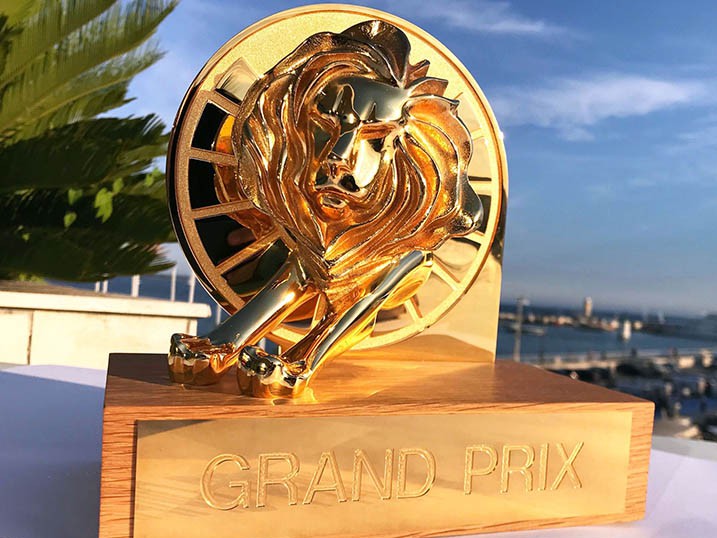

.jpg)
